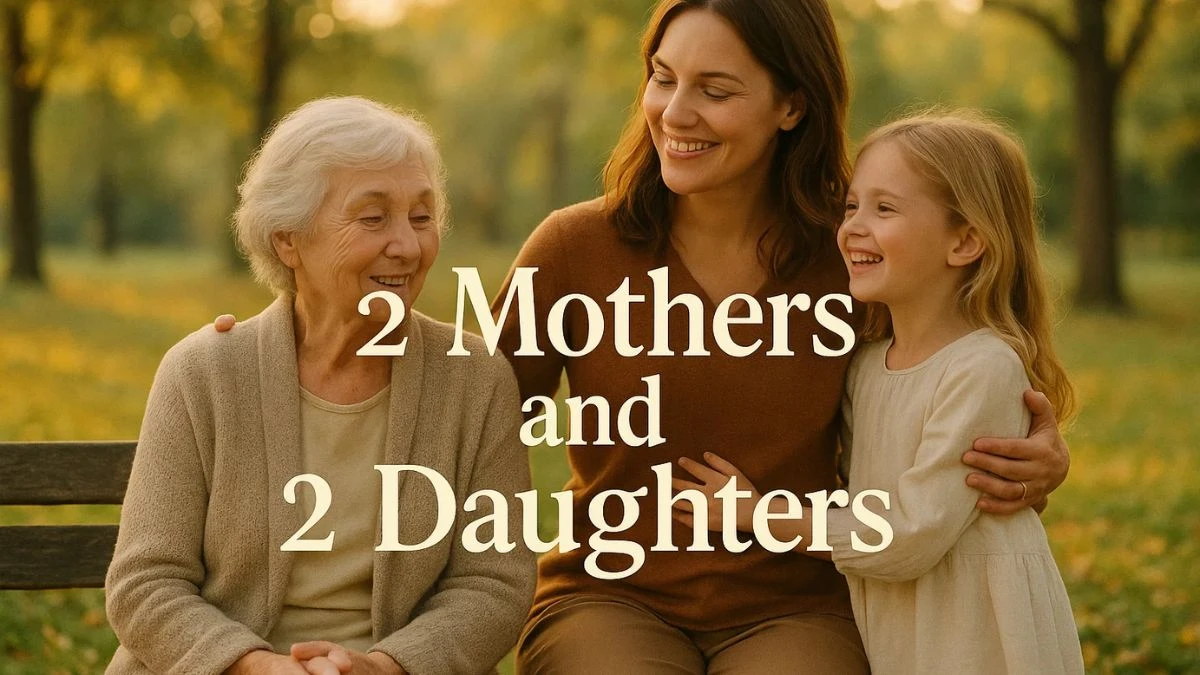Riddles often play with words and assumptions, leading us to overlook simple solutions. The "2 mothers and 2 daughters" fishing trip riddle is a classic example that challenges our perception of family relationships. Let’s break down the riddle and uncover the answer.
The Riddle
There were 2 mothers and 2 daughters going on a fishing trip. The 2 mothers and 2 daughters all caught a fish and were happy. But still, there were only 3 fish in the bucket. How can this be if everyone DID catch one?
The Trick Behind the Riddle
At first glance, it seems there should be 4 people (2 mothers + 2 daughters), so there should be 4 fish. The confusion arises from the way we interpret the relationships.
The Key Insight
The group actually consists of three people, not four. Here’s how:
-
Person 1: The grandmother (she is a mother and also the mother of the mother)
-
Person 2: The mother (she is both a daughter to the grandmother and a mother to the granddaughter)
-
Person 3: The granddaughter (she is a daughter to the mother)
How They Fit the Riddle
-
2 Mothers: The grandmother and the mother are both mothers.
-
2 Daughters: The mother and the granddaughter are both daughters.
So, the three people are:
-
Grandmother (Mother #1)
-
Mother (Mother #2 and Daughter #1)
-
Granddaughter (Daughter #2)
Each catches one fish, so there are three fish in total.
Simple Conclusion:
The answer to the riddle is that there are only three people: a grandmother, her daughter, and her granddaughter. Each catches one fish, making three fish in total. The phrasing of "2 mothers and 2 daughters" cleverly describes three people by their relationships, not by their total number.






